|
Once Chambourcin harvest is complete in late September, most of the grapes are weighed, de-stemmed, crushed, and pumped into a stainless steel tank. We also added some grape clusters with whole berries. Yeast is added to the must to initiate the process of fermentation. Grape must refers to freshly crushed grape juice, pulp, stems, skins, and seeds. Fermentation spans roughly 10-14 days as the yeast feeds on natural sugars in the must, produces alcohol as a by-product, and transforms juice into wine.
The winemaker's work continues with punch-down of the must during fermentation. As the photos below and above indicate, solids in the must rise to the top of the tank and form a cap above the liquid. Fence Stile's winemaker-owner Shriti Plimpton "punches down" the cap daily using a metal tool called a punchdown that resembles an over-sized potato masher. She punches down each tank of red wine during the two-week fermentation period. The purpose of the punch-down is to break up the cap and submerge it, allowing wine to better extract color, tannins, flavor and aromas from the grape solids. Skins, seeds, and even stems are included in the must for two reasons. First, the juice extracts color from the Chambourcin grape skin to yield a wine with a deeper hue. As the photos indicate, the 2020 harvest produced grape juice with a vibrant purple color that looks promising for the wine's appearance. Second, the skins, seeds, and stems contain tannins which adds structure to wine. Tannin, a natural substance found in plants, contributes slight bitterness or astringent flavor, and can leave a sensation of dryness on the tongue. Tannin is also a natural antioxidant which protects the wine from bacteria. Red wines with a higher presence of tannin often have a smooth texture and grow more complex as they age. Tannin is present in oak so wines aged in an oak barrel tend to accumulate more tannin. Fermentation and punch-down began within a day or so after the grapes were picked and crushed in the fall. Afterward, the 2020 Chambourcin was pressed to separate the wine from the must. The wine was split into small batches and transferred into barrels for aging. We have a mix of barrels with free-run wine and pressed wine, allowing us to blend barreled wines when the winemaker determines the wines have reached that stage. For a second year in a row, we've retained the Chambourcin pomace (skins, seeds and stems remaining) and produced piquette (read more about our 2019 piquette here). The 2020 piquette has been bottled and now ages in our wine cave near the recently-barreled 2020 Chambourcin.
0 Comments
Leave a Reply. |
Archives
September 2021
Categories |
HoursWinter Hours December - February
Saturday: 11 am - 5 pm Sunday: 11 am - 5 pm Regular Hours: March - November: Thursday 3 pm - 7 pm Friday 12 pm - 8 pm Saturday 11 am - 8 pm Sunday 11 am - 5 pm |
Telephone - 816-500-6465 |
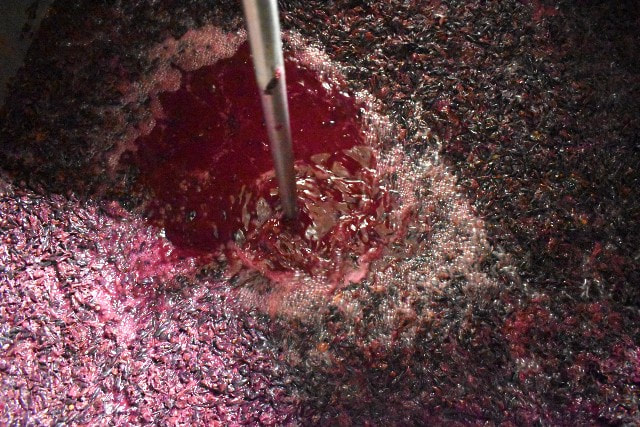
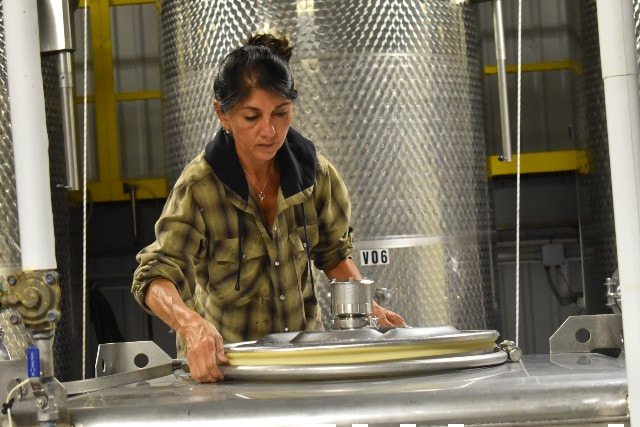
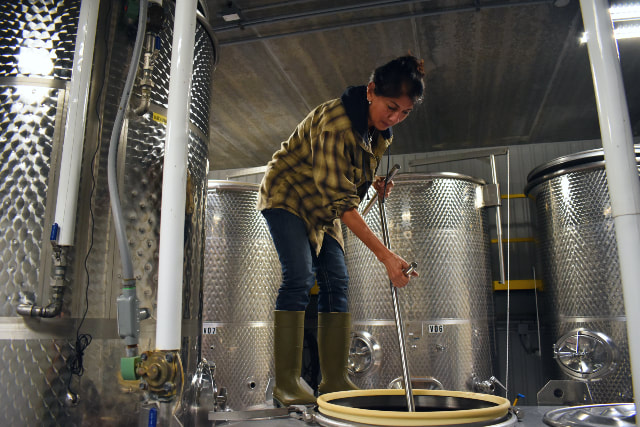
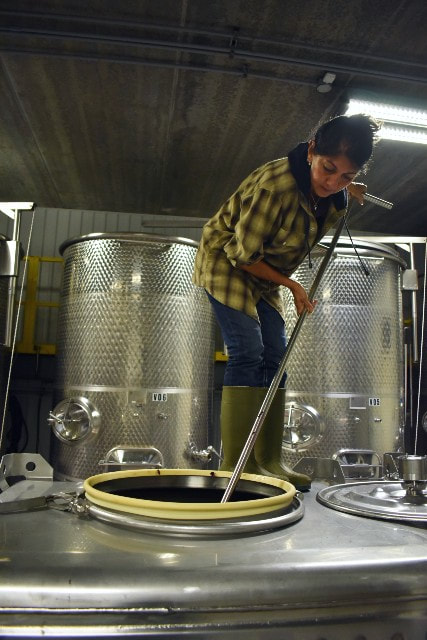
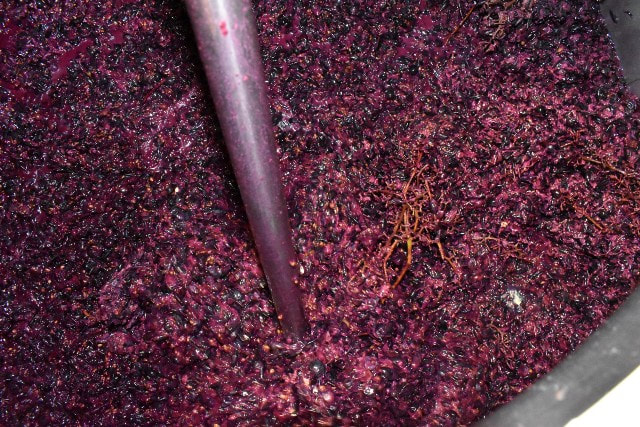
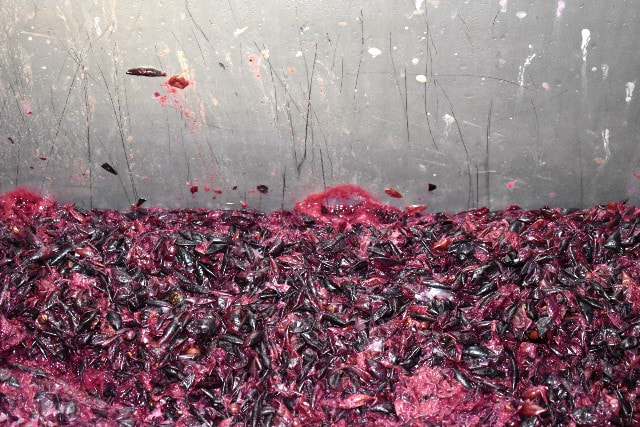
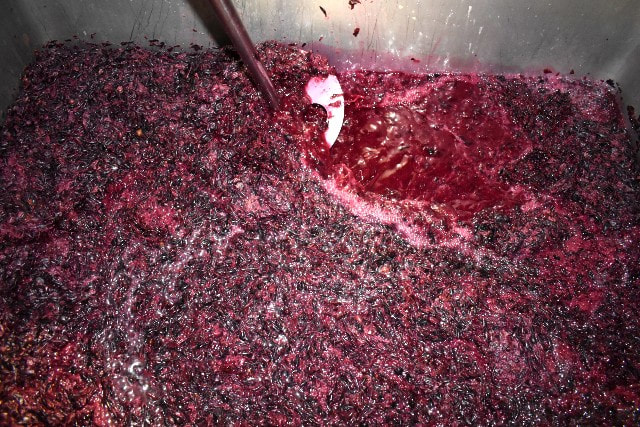
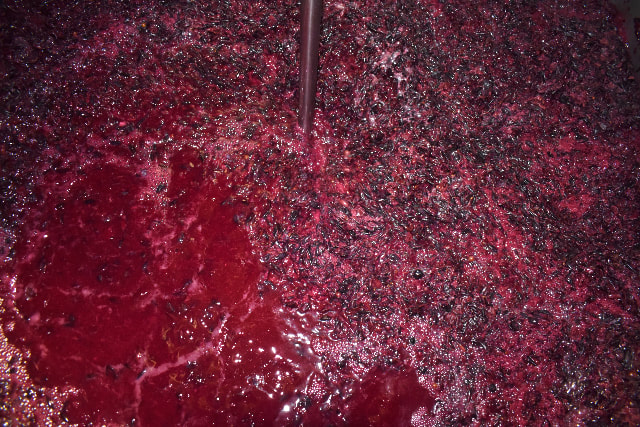
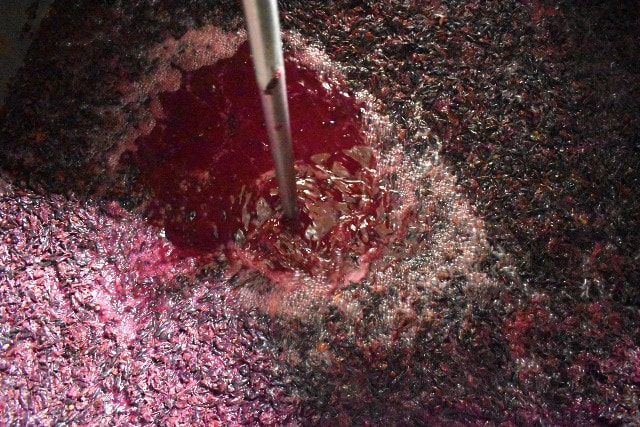
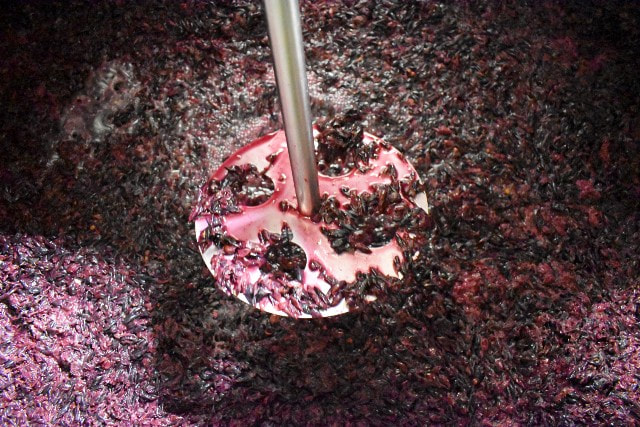
 RSS Feed
RSS Feed






